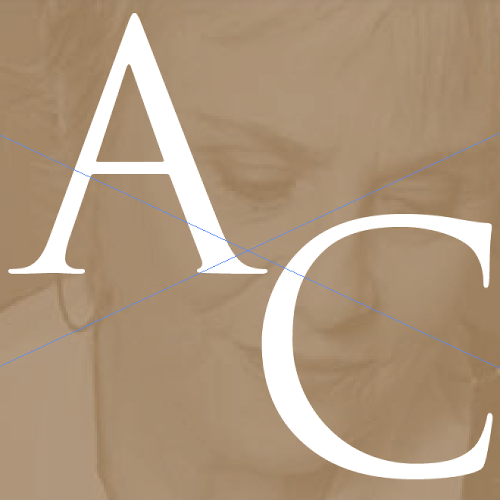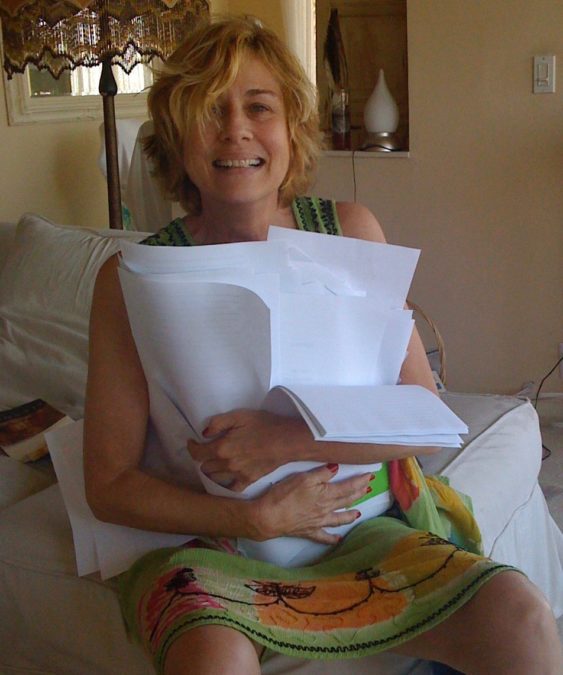THE
LEARNING CURVE
I have a friend in her late sixties who is smart and healthy. She
works out, her mind is keen and her instincts are sharp, but I’ve watched her get less experimental and more rigid. “Why don’t you learn to play the guitar?” I asked her once when she was complaining that her life was boring. “You told me you wish you’d learned to play an instrument when you were young. Why don’t
you start now? It’s never too late.”
“I can’t tolerate being bad at anything at this stage in my life,” she explained.
That kind of thinking will lead you straight into the nursing home. And if you are in a nursing home, you can still start at the beginning of something new and move forward. It doesn’t matter if you’re thirty-six or sixty-six or eighty-six. If you decide you’re too old to learn something new, then you’re right. You are too old. It’s all in the way you think about it.
I used to imagine that when I got old enough, I would know pretty much everything there was to know. If I didn’t, I thought that learning something new would be easy. Why wouldn’t it be? I’d been figuring things out for long, I could avoid the learning curve and just jump right in. I was wrong – about all of it. In fact, as I get older, I seem to know less and I work harder to learn new things. It takes more energy, not less, to get up off the couch, turn off the TV, and take that first step.
I knew an actress in her nineties who played hip grandmothers in a number of hit movies. “Is it hard to memorize lines, show up early in the morning and interact with people?”
“That’s how I stay alert,” she told me. “I didn’t start my acting career until I was eighty.”
When I start anything new, I get frustrated at first. I feel like throwing up my hands as I make up excuses to remain a dinosaur. “I was born in the wrong era. I didn’t come out of the womb with an iPhone in my hand. My old telephone works perfectly well. I just wasn’t programmed to learn the technology.”
But learning something new exercises your brain, helps you stay awake and alert, and keeps depression at bay. I keep that in mind when I get a new remote for the TV or change operating systems on my computer. It’s all about the learning curve. You can’t expect to pick up a guitar for the first time and play like Eric Clapton. You don’t go to your first ballet class and perform a pirouette like Misty Copeland. You don’t create suspense like Stephen King when you write your first horror story. You don’t build your characters as expertly as Anne Tyler does. Not yet. The ladder to excellence is tall and you have to climb up rung by rung. You try, make mistakes, delete, drop back to Square One, and try again in order to eventually and painstakingly rise above mediocrity.
When you do anything new and challenging for the first time, it often starts so poorly, mediocrity is a step up. We have to learn to tolerate it. Stephen King’s first novel, Carrie, was rejected by thirty publishers. He was living in a trailer with his wife and two kids at the time, and he was so discouraged, he threw the manuscript into the trash. Luckily for him, his wife, Tabitha, retrieved the book and urged him to keep working on it. Carrie was eventually published by Doubleday and made into a blockbuster movie, marking the beginning of Stephen King’s long and successful writing career. But it began with a learning curve. When he was starting out, he stuck his rejection letters on a nail on the wall. “By the time I was fourteen,” he said, “the nail in my wall would no longer support the
weight of the rejection slips impaled upon it. I replaced the nail with a
spike and went on writing.” He had no idea he would grow up to become Stephen King.
Being consistent and making an oath to not give up will take you where you want to go. You have to ignore comments from other people, put your nose to the grindstone, tell your inner critic to shut up and just keep moving. Agatha Christie was rejected for five years before she found a publisher. Beloved poet Toni Morrison won the Nobel Peace Prize when she was 62. Agatha Christie was rejected for five years before she found a publisher. It took Thomas Edison
thousands of attempts to invent the light bulb.
The list is long and all of these people defied the odds and didn’t cower in the face of mediocrity or failure. It was not a cakewalk for any of them, but what if they had given up or decided they were too old to take the first step? We would be deprived of their magnificent artistic expression and we would miss out on being inspired by them.
When I’m reticent about writing a journal entry a blog or a book, I tell myself to stop wondering who will like it or comparing myself to anyone else. I’ve written over a dozen books and when my students ask me where to begin, I always give them the same answer: Begin in the middle. Lace up your sneakers, take the first step on the learning curve and feel it drawing you forward. It’s like getting into a car on a roller coaster. Once the safety belt clicks and it chugs into action, you’re in for the duration with all of its swoops and free falls, no matter how much you want to get off. Personally, I hate roller
coasters and avoid them like the plague, but the metaphor stands. Just sit down, put your hands gently on the keyboard and let them take off like a planchette on a Ouija board. Wherever you end up, it’ll be a great ride to parts unknown.


Recent Comments